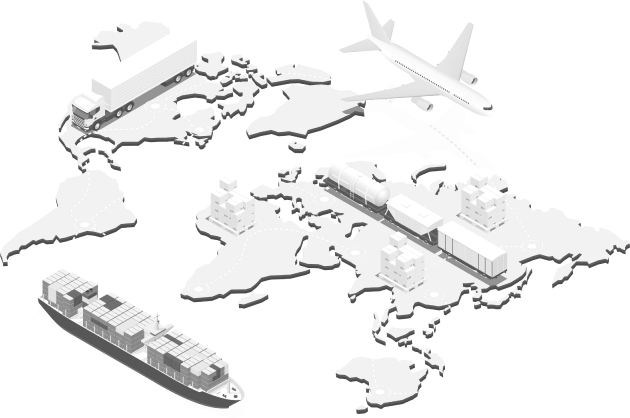
They’re iconic. They never go out of style. And they’ve became hugely popular in the U.S. during the Golden Era of Hollywood. These days, they’re even more popular, especially in major metro areas like Los Angeles and New York City. They’re the “Panama hats,” but you can thank Ecuador – that’s right! Ecuador, for their very existence.
A Panama hat, also known as a jipijapa hat, or a toquilla straw hat, is a traditional brimmed straw hat of Ecuadorian origin. Traditionally, these hats were made from the plaited leaves of the Carludovica Palmata plant, known locally as the toquilla palm or jipijapa palm – although it is a palm-like plant rather than a true palm.
Historically, the weavers were mostly peasant families. Weaving techniques are passed on
to children at home, through observation and imitation, from a very young age. Since December 5, 2012, the traditional toquilla straw fabric of Ecuador has been named by UNESCO (the United Nations Educational, Scientific & Cultural Organization) as part of the organization’s Intangible Cultural Heritage of Humanity category. It expresses the ancient culture of Ecuador.
So Just What Is a Panama Hat?
A Panama hat is light-colored, lightweight, breathable, and often worn as an accessory to summer-weight suits, such as those made of linen or silk. The tightness, the finesse of the weave, and the time spent in weaving a complete hat out of the toquilla straw all characterize its quality. The toquilla straw is what separates the Panama Hat from the Fedora, which has a virtually identical look, but is made of other materials such as felt or leather.
(Link for image search – difference between Panama and Fedora)
There is no production of the raw material for toquilla straw hats in the U.S. or Europe, so therefore there is no production of them in those countries. Imitations, or “knock-offs,” are produced in Asia, but they are made from synthetic materials.
Who Buys and Wears Panama Hats?
There are two major demographic markets who are attracted to Panama Hats. In major metro areas, they’re consumed primarily by the 20-40 year-old demographic. Young adults are drawn to the style for its fashion. Satisfied customers often acquire different designs for various events and for different seasons, although the style is primarily a warm weather one.
There is an interesting fact behind the recent bump in interest and consumption of these beautiful hats in the 40-55 year-old market. It’s been caused by an overall increased awareness of UV radiation and the effects it could have on people’s health (mainly, skin cancer). This is not to say that these mature adults aren’t drawn to the fashion, too. It’s just that they have a more practical justification for it.
While the style remains more popular with men, trailblazing women like Madonna, Selma Hayek, and Donatella Versace have been known to sport them. This has resulted in an increased popularity of the style among women.
We couldn’t find any data pertaining to the demographic of 55 and over, but we’re pretty confident that seniors are just as attracted to the wide brim for the broad range of reasons everyone else is. But mostly because they look great!
Interesting Facts
- There are very few true and actual competitors for a genuine Panama Hat. It is a product made only in Ecuador.
- The #1 city where Panama Hats are sold directly to tourists is Quito.
- China, unsurprisingly, is the top exporter of synthetic knockoffs.
- Importers point out that there have recently been tests carried out on products made in Peru, whose manufacturers are hoping to make their versions as popular as the genuine. Time will tell if they will succeed.
And Speaking of Imports/Exports
The movement of such a unique product must be carefully orchestrated, notes Omar Zambrano of Prime Logistics. “Whether the materials are heading across town or to shops and distributors across the globe, expert logistical support is vital,” says Chief Operating Officer of Prime Group Omar Zambrano, who has overseen daily operations of Miami-based Prime Logistics for more than 20 years.
The Bottom Line
Shipping delicate and oftentimes high-value commodities requires having a knowledgeable shipping partner on your side. “That’s the bottom line,” Zambrano stresses. “If you don’t work with a team like Prime Logistics, of course, that knows what they’re doing, you could end up taking some serious losses.”
That’s because these choice hats retail from $70 online to several hundreds of dollars – some upwards of $700 – in fine apparel shops all around the world.
Shippers and forwarders are always encouraged to call Prime Logistics directly, to ask questions and get answers – know that agents will do their very best 24/7 to assist customers, “with a strong focus on operational efficiency, cost effectiveness, safety, and attentiveness,” Zambrano adds. “Most importantly, we’ll stay on top of the timeline, helping where we can, despite any disruptions that may occur along the specialized-commodities supply chain.”
About Prime Logistics Group
One of four divisions of Prime Group, an international logistics services conglomerate founded in Ecuador in 2001, Prime Logistics Group serves to streamline, optimize, and expedite freight to and from the U.S. for a wide range of major industries.
With offices in Quito, Miami, New York, Los Angeles, Bogota, and Amsterdam, Prime Logistics capitalizes on its long-time relationships with the major air carriers and ocean lines to offer competitive rates in securing ample space to destinations all around the world.
For information, call 305-592-2044 or visit www.PrimeLogisticsGroup.com.


